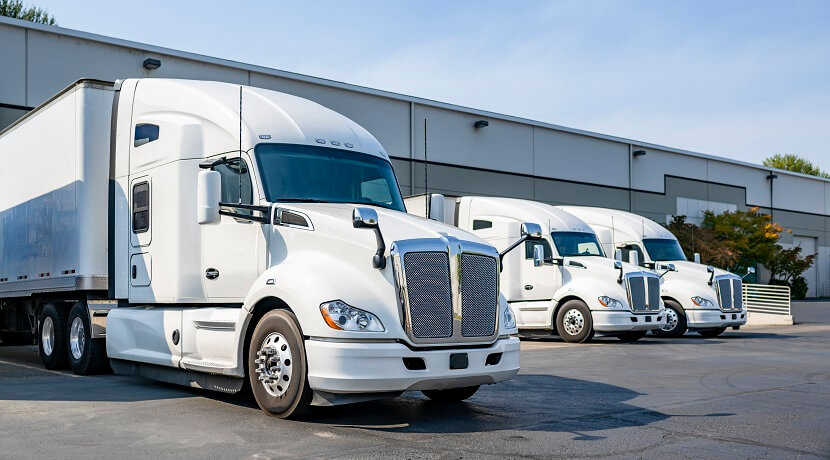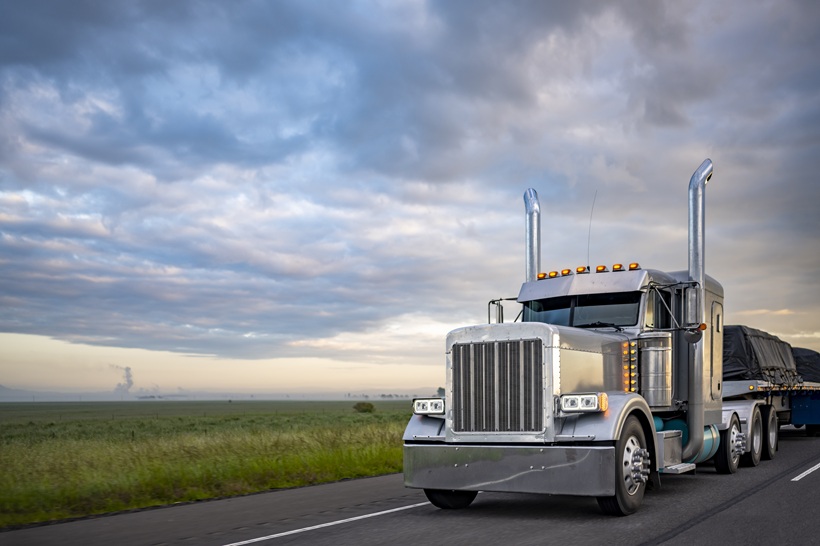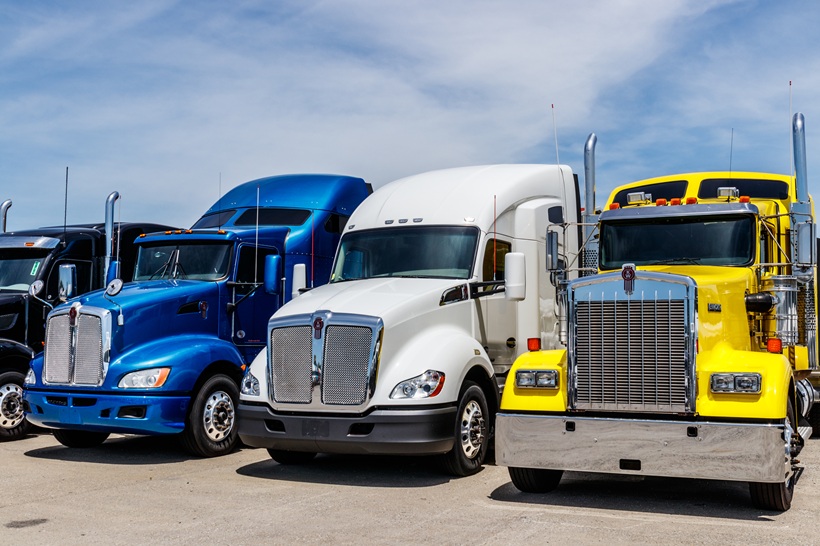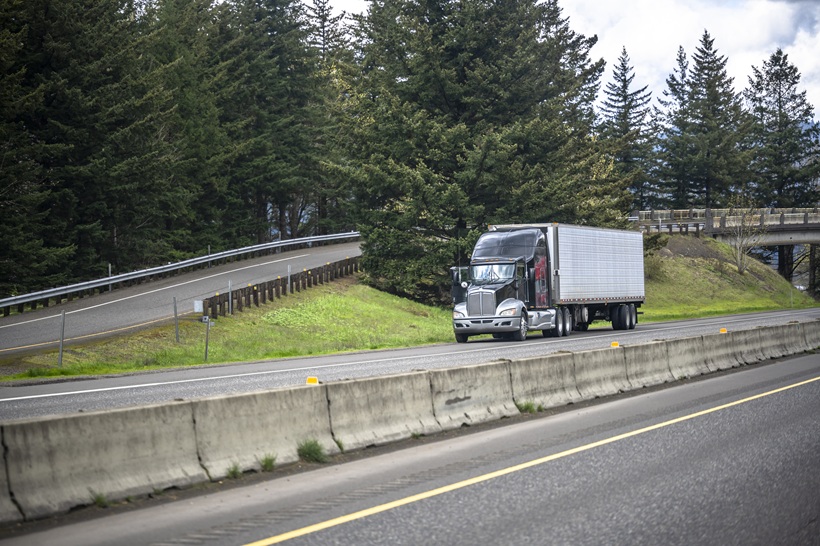
How Transportation Software Benefits Small-to-Midsize Carriers
Across North America, Fleets operate a wide range of power units. Whether they’re reefers, flatbeds, dry vans, or tractor-trailers – there’s no set bell curve to account for how “large” a fleet may be. So that begs the question, what is truly a large fleet?
According to the American Trucking Associations (ATA), there were more than 750,000 registered motor carriers in the United States as of April 2023. A whopping 95.8% of those carriers – more than 19 out of every 20 carriers – operate 10 or fewer trucks. At the same time, less than 0.3% of carriers operate 200 or more trucks.
That means a few percent of carriers are in a middle ground that’s certainly larger than owner-operator status but also isn’t approaching the top of any industry power players lists. And while about 4% of overall carriers doesn’t sound like a lot, it still represents approximately 30,000 carriers, hundreds of thousands of trucks, and hundreds of millions of dollars in annual freight.
Additionally, this small-to-midsize portion of the market faces some unique challenges compared to their counterparts who operate a very small number of trucks or more than 200 tractors:
- Not as much access to capital as larger carriers and lower profit margins compared to owner-operators.
- Higher competition from both sides of the market on spot rates and contract rates.
- Navigating the balance between driver retention and labor costs.
Carriers around the 20- to 200-truck level also must contend with several industry-wide challenges, including fuel costs, regulations, fleet maintenance, Hours of Service scheduling, navigation, and more.
External software solutions can help fleets of all sizes with the aforementioned pain points, but they are particularly beneficial in the 20- to 200-truck market. Let’s look at a few reasons why.
You can save money on not having to build a solution yourself.
There are nearly 2 million apps on the Apple App Store. How hard can it be to build another one just for your small/midsized carrier? There are lots of developers out there, so a trucking executive at this carrier size just needs to contract someone out or hire them full-time, right?
Not so fast.
Transflo research estimates that the cost of building a proprietary transportation app is anywhere from $100,000 to $800,000, with approximately 20% of that upfront number applicable each year on upkeep. Furthermore, an outside company with experience in transportation and trucking is likely going to be much more familiar with what works for drivers and fleets than hiring developers who may not have industry wherewithal.
A tech vendor will do the investment for you.
Even if you’re a fleet that can handle the six-figure upfront costs with relative ease, it still might not mean that leaning on proprietary tech is right for your carrier.
It may help to think of apps or exclusive tech solutions as an iceberg. Above the water, there’s the product available to the end-user that’s been built by development and testing. But below the surface, there’s significant investment to be made in the form of:
- Support
- Training
- Security
- Troubleshooting and bugs
- Compliance
- Protecting against market volatility
- Updates, and more
If you’re not prepared to invest in software after it’s above sea level in the iceberg example, you might be paying for it later on if the foundation starts to melt or is neglected.
More time and money can be spent on your specific operations.
If you’re an executive or fleet manager at a smaller or midsized carrier, you’re probably at least a bit familiar with how tech ties into trucks’ day-to-day operations because of the December 2017 ELD mandate. Chances are you don’t have the time to be concerned with precisely how that ELD works – but you do care that three of your drivers are approaching their hours for the week, one of your trucks is showing a transmission warning, and another’s tires are reaching a dangerously low PSI.
Away from what the ELD and diagnostics show, you might be concerned about insurance premiums following a minor accident and getting your drivers paid in a timely manner by a broker partner. Wouldn’t it be easier if someone else built the tech that could help you alleviate those – and many other – issues?
There are several solutions carriers can take advantage of.
As we mentioned previously, ELD technology is mandated by the federal Department of Transportation, but not all ELDs and telematics solutions are created equal. For example, with telematics solutions from ATI, a Transflo company, your fleet can take advantage of customized tools that matter most to your business along with the many features that are integral to the Geotab platform.
Additionally, Transflo offers video telematics through an array of dash cam providers, making it easy for a carrier to gather safety insights for drivers and provide exoneration evidence in case of an accident. Asset and trailer tracking make it simple to keep tabs on high-value loads or equipment and ensure that temperature-sensitive loads like those in reefer trailers stay in premium condition.
Last but not least, Transflo Mobile+ recently celebrated its 10th anniversary of being the everything app drivers can rely on to complete their day and focus on the road. With Transflo Mobile+, drivers can scan documents, log Hours of Service, communicate with carriers, keep track of loads and workflows, and benefit from integrations like Drivewyze for weigh station bypass and safety alerts and CoPilot Truck from Trimble Maps for navigation. In the back office, Transflo Mobile+ means you can receive payment faster, get in touch with drivers, and seamlessly incorporate data from your TMS.
Don’t do it alone – count on Transflo as your trusted partner in tech.
Partnering with Transflo means you don’t have to take on the headache and costs of building your own tech. But it also means that you’ll have a trusted partner who will be alongside your team every step of the way, including during implementation, after launch, and building the solutions that matter to your 20- to 200-truck fleet. While other companies in the sector may talk up their capabilities and tools, they tend to disappear when issues arise and your drivers, back office, and broker partners could use them the most.
That’s not the case with Transflo. We’re not just a tech company in transportation – we’re experienced in this industry and know the challenges you face on a daily basis. For more information and to schedule time with a member of our sales team, click here.
TL;DR
Small-to-midsize carriers (20-200 trucks) represent about 4% of the market but face unique challenges—less capital than large fleets, lower margins than owner-operators, and competition from larger and smaller carriers. Transportation software solutions are particularly valuable for this segment because: (1) building proprietary apps cost $100,000 to $800,000 upfront plus 20% annual maintenance, (2) tech vendors handle the “iceberg” of hidden costs like support, security, and compliance, and (3) it allows carriers to focus resources on core operations instead of software development. External solutions like ELDs, telematics, dashcams, and comprehensive driver apps (like Transflo Mobile+) provide proven, cost-effective tools that would be prohibitively expensive to develop in-house.



